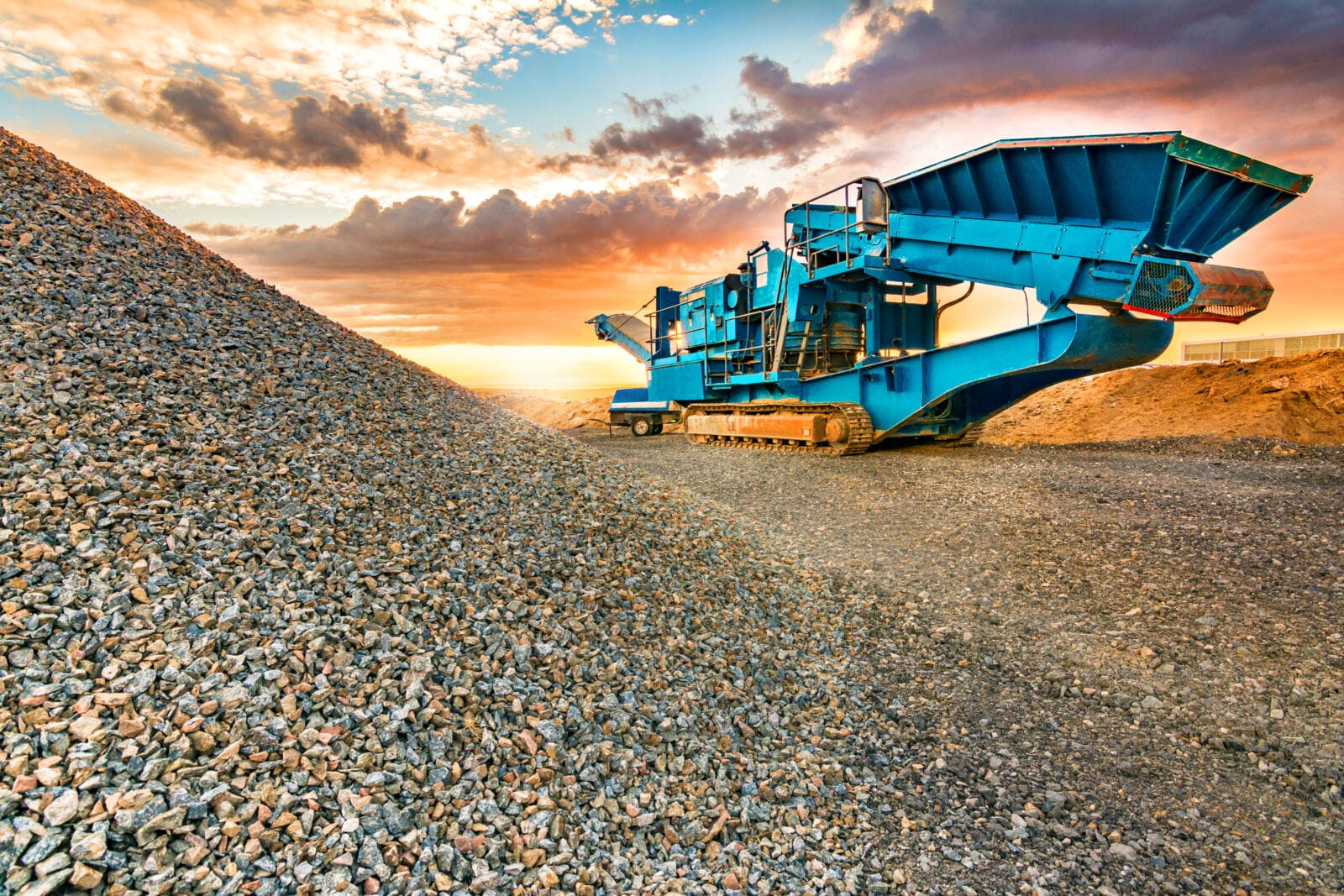Mining aggregates is not only vital to supporting Arizona’s infrastructure, commercial and industrial development and residential housing, it’s a major economic driver for the state. The total economic impact of Arizona Rock Products firms in 2020 was $5.9 billion. Because of how critical aggregates are to the state, it’s crucial to keep the businesses that produce them close to home. Eric Mears, principal at Haley Aldrich, shares his 30-plus year expertise and knowledge about why distance matters when it comes to aggregate extraction, production and transportation.
LEARN MORE: Construction companies build apprenticeship training facilities: Here’s the impact
Az Business: When referring to “local aggregate mining,” how does this translate to the layperson (specific distance, etc.)?
Eric Mears: All aggregate mining is local. This is an extremely heavy product, and mining and putting aggregate in a truck and transporting it, the distance that you transport really determines the cost of that product. Generally speaking, aggregates double in price every 10 to 15 miles that you haul. And so it doesn’t make sense to mine aggregates in Yuma and use them in the Phoenix market.
AB: Why is it important to mine locally from a safety standpoint?
EM: When you transport aggregates, you have trucks on the roads. The longer the truck traffic, the longer the truck hauls are, the more truck traffic you have, the more wear and tear you have on the roads. You also have a higher incident of truck-and-car interactions that aren’t good. And then you also have much more in terms of emissions, truck emissions and things like that. From a safety perspective, if we’re able to mine those aggregates and get them into the marketplace as quickly as we can without excessive transportation, we know that we’re going to have safer roads and we know that we’re going to have cleaner air.

Eric Mears, principal at Haley Aldrich
AB: Why is it important to mine locally from an employment/workforce pipeline perspective?
EM: The aggregate mining workforce is a really well-paid workforce. Everybody that works in this industry is earning family wages, whether it’s somebody who’s working in a yard to the person that’s hauling ready mix to management and the technical staff. It’s also a really scientifically and technically-focused industry.
You may think looking at this big equipment excavating is all brute force. It’s a very sophisticated business in terms of efficiently mining, efficiently processing and meeting really stringent specifications on the materials. One of the commitments that we have as an industry is in terms of how we deal with social license and environmental justice — we want to hire local people. Just as it doesn’t make sense to haul aggregates a long way, it doesn’t make sense to haul employees in from far away.
Pretty much every job that we do in an aggregate operation, we can teach somebody how to do. If we have local people that are vested in the community and the mining companies know that the salaries, benefits and the taxes are going to stay in the community, it’s nice to be able to say that we’ve got a bunch of people in the community that are benefiting from our operations.
AB: How does mining locally impact costs compared with the alternative?
EM: The big thing is to look at the marketplace from the perspective of who’s buying aggregates. Some people are buying aggregates, but a lot of people are buying aggregates that are in products like ready-mix concrete or hot-mix asphalt. The people that buy the majority of the products that are made in the rock products industry are municipalities. They’re the people, state government, county government and local government. Those are the ones that are building the roads. They’re building the infrastructure.
AB: What is the long-term impact of not being able to mine locally?
EM: Let’s just think about California, for instance. In Arizona, the average haul from mine-to-end use is easily less than 10 miles, unless we’re talking about a real rural deposit. But if we’re talking about municipal areas like Tucson, Phoenix and Kingman and large communities, the haul distance is absolutely less than 10 miles.
When you go to California, a normal haul distance is approaching 50 miles. Right away, just based on the haul distance, we know that those aggregates are at least three times as far. That means that they’ve got three times more traffic or they’ve got all this much more traffic on the roads, much more wear and tear, higher exposure to trucks, car contact and more vehicle emissions.
So California is a really cool model to say, “okay, that’s not what we want.” California has some of the most abundant aggregate resources in the world, and yet they tend to get pushed out of the communities by draconian planning and zoning requirements.
AB: What else is important to know when it comes to aggregates?
EM: If we want to make sure that we’ve got a good supply of local aggregates, we have to be very thoughtful in how we address planning. Some of the things that Arizona Rock Products Association (ARPA) has done in the past is the Aggregate Protection Act, which requires communities to consider aggregates as a resource in their planning documents, just like they would think about water or transportation or infrastructure or green parks. For the last 10 years, local community planners are starting to actually have conversations — real conversations — about where our aggregates come from. And we have aggregates in our community. It’s a blessing. We should embrace that, but we should make sure that we don’t put development and mining together where they can be in conflict with each other.




